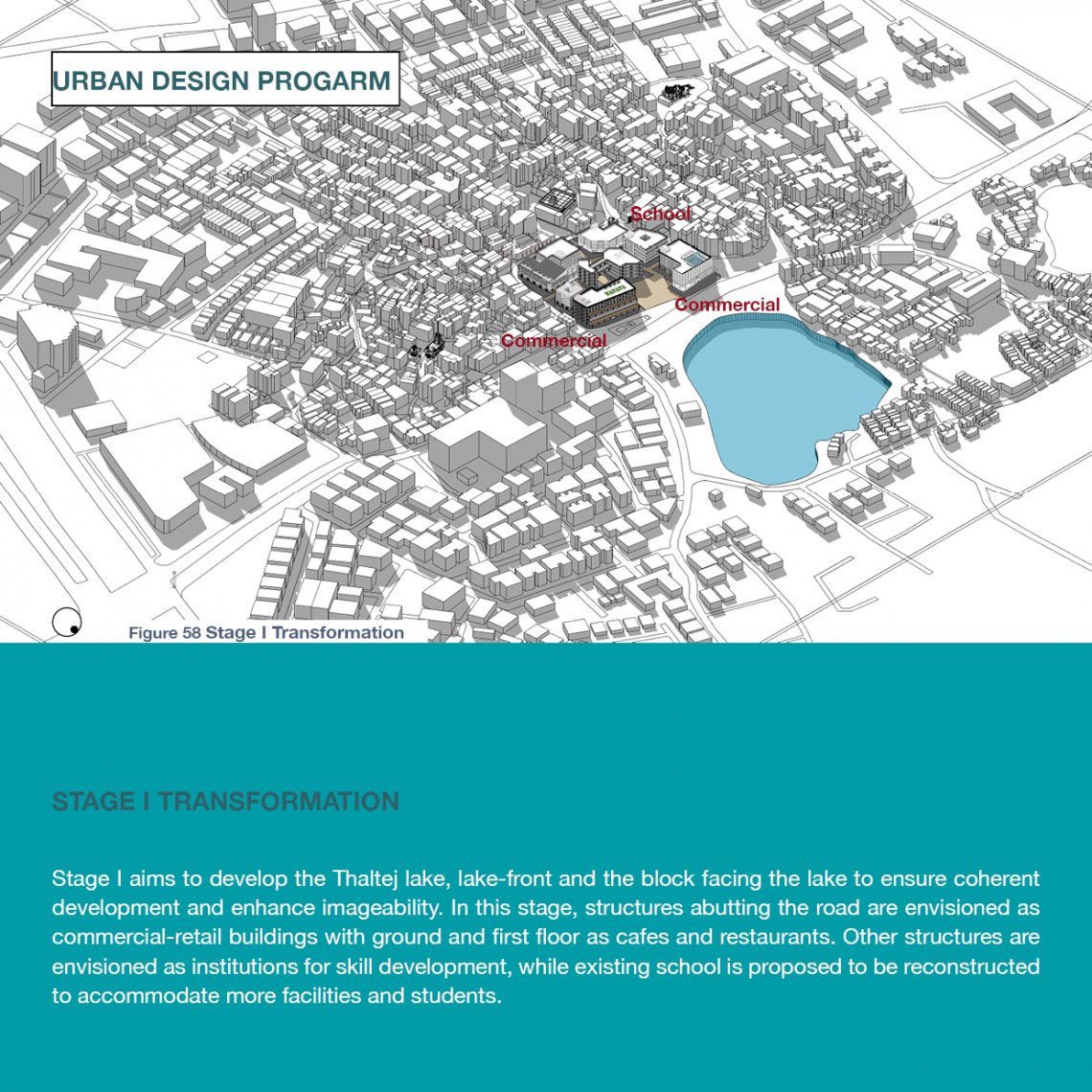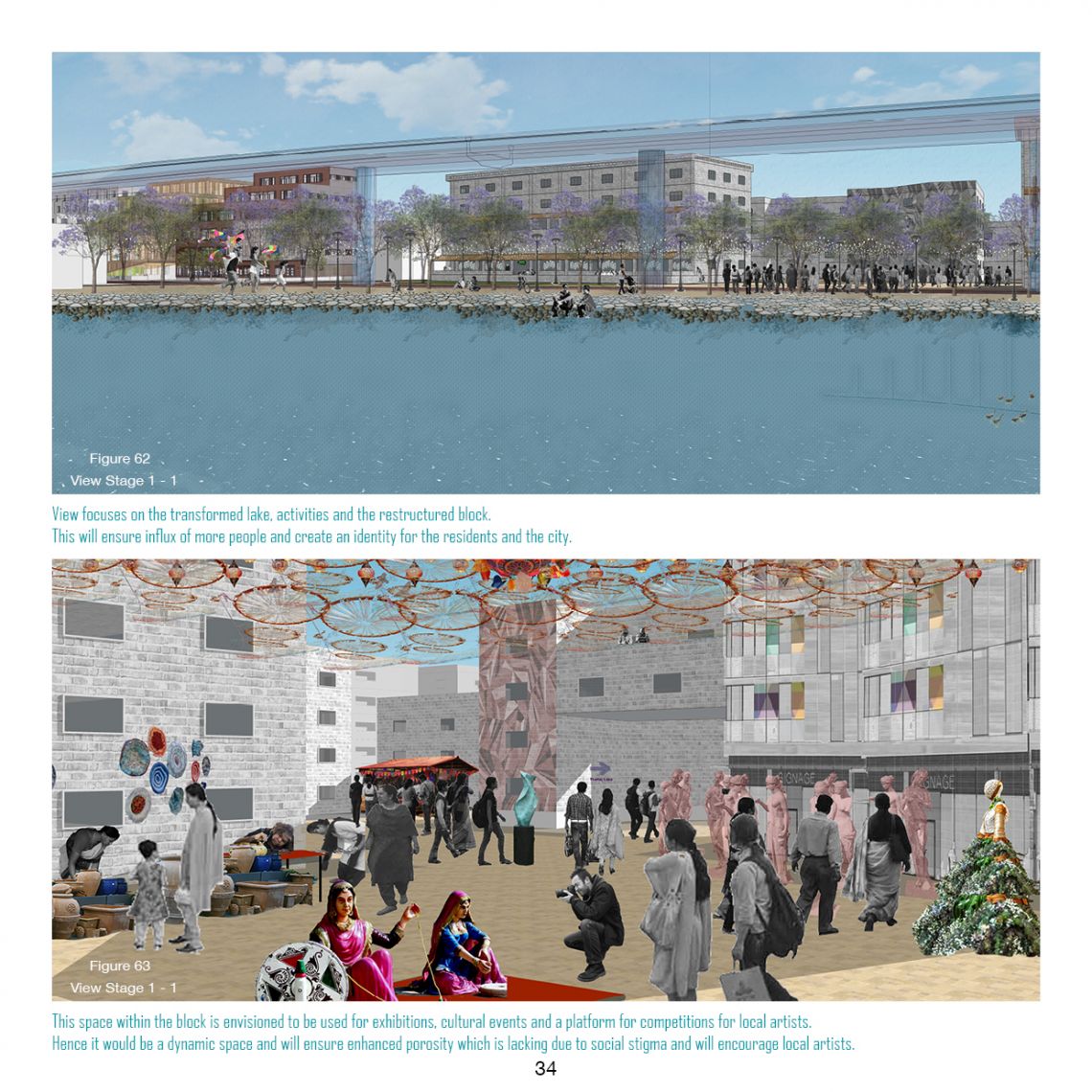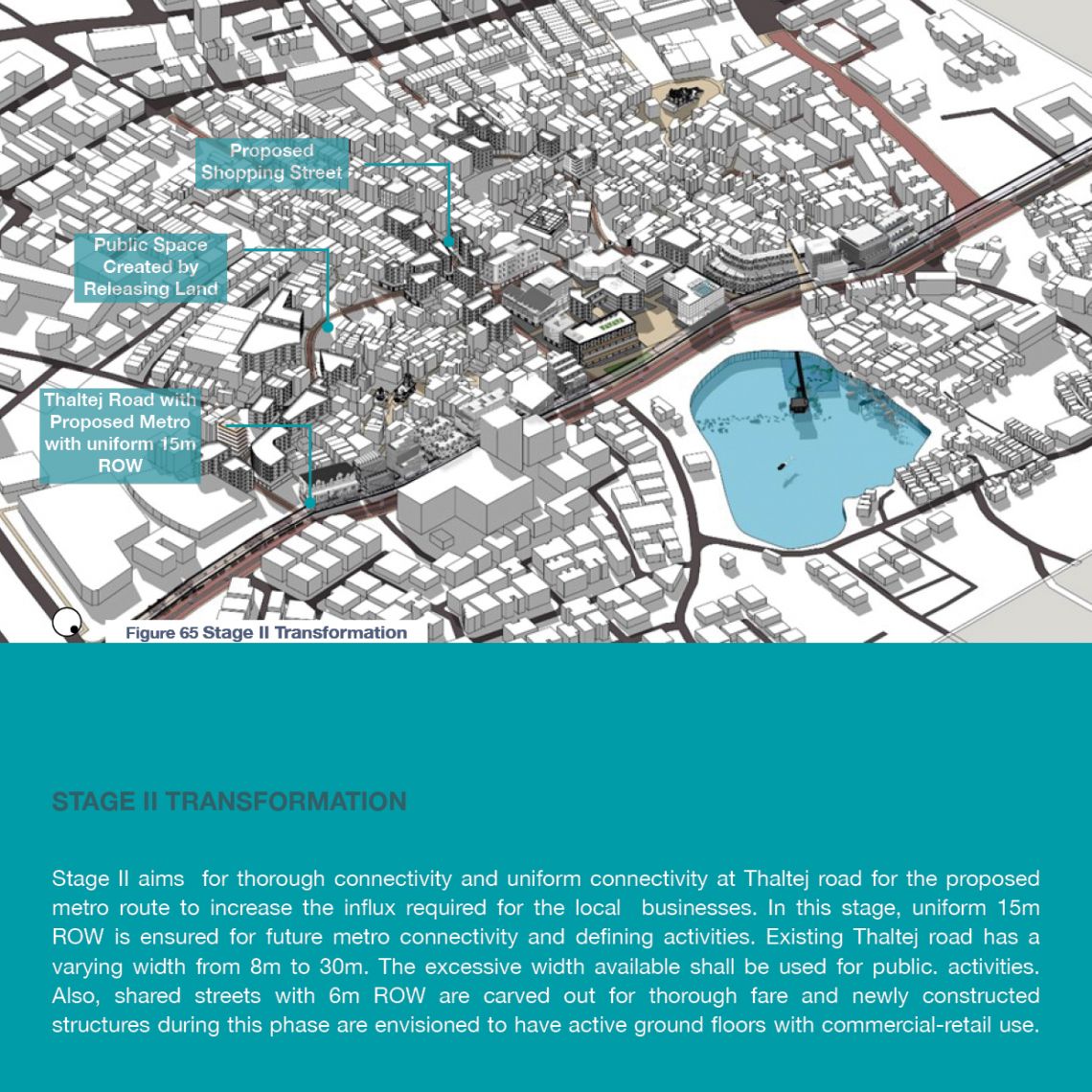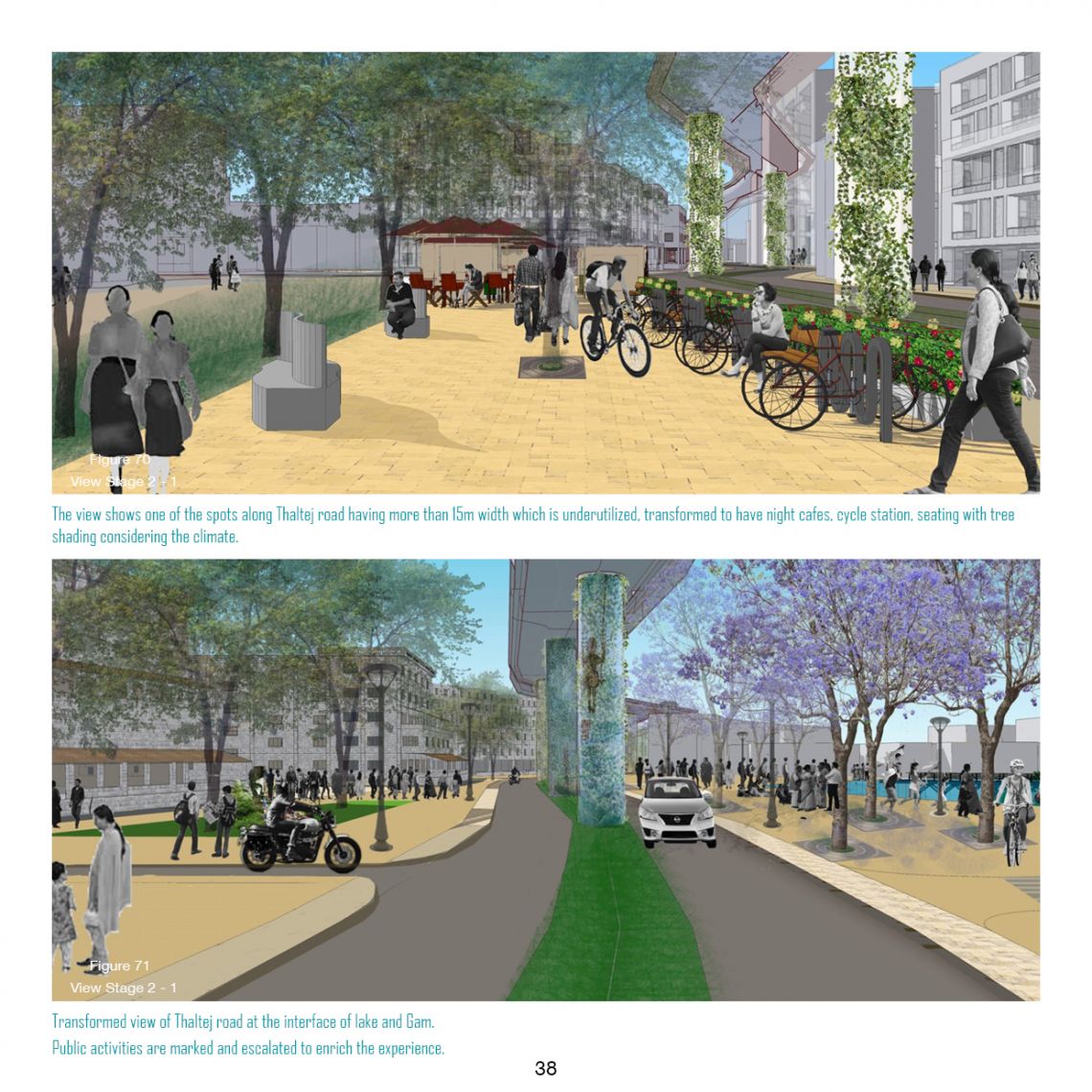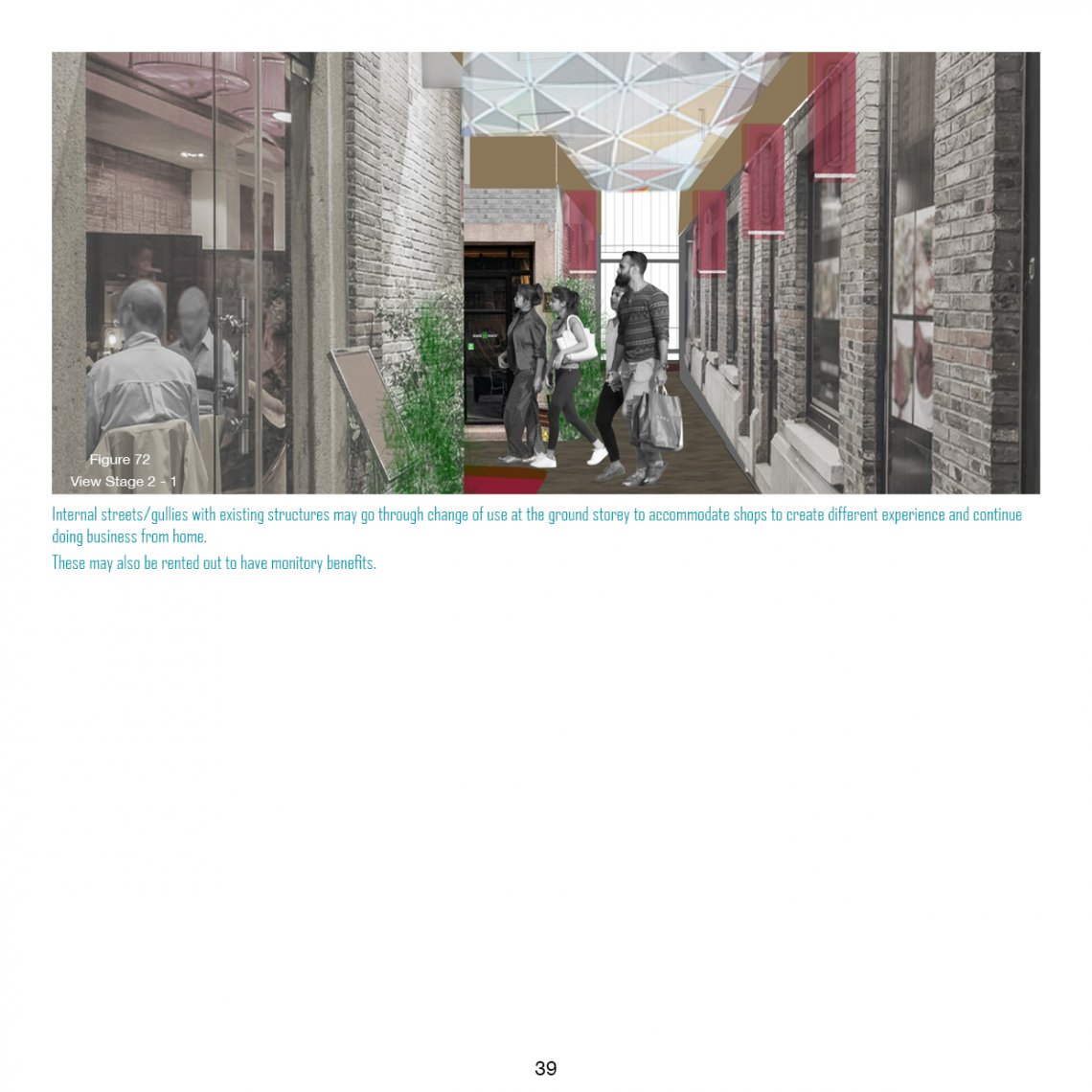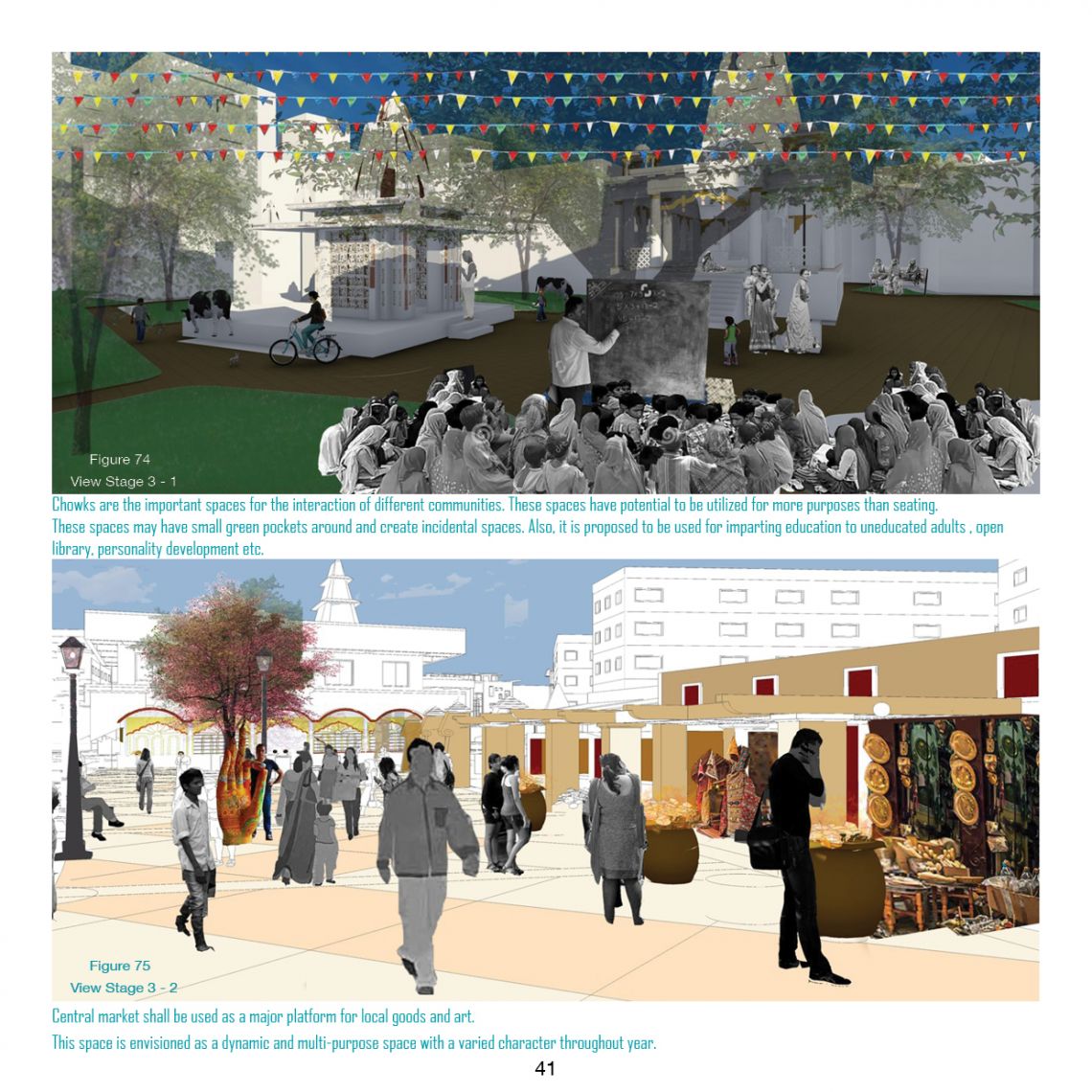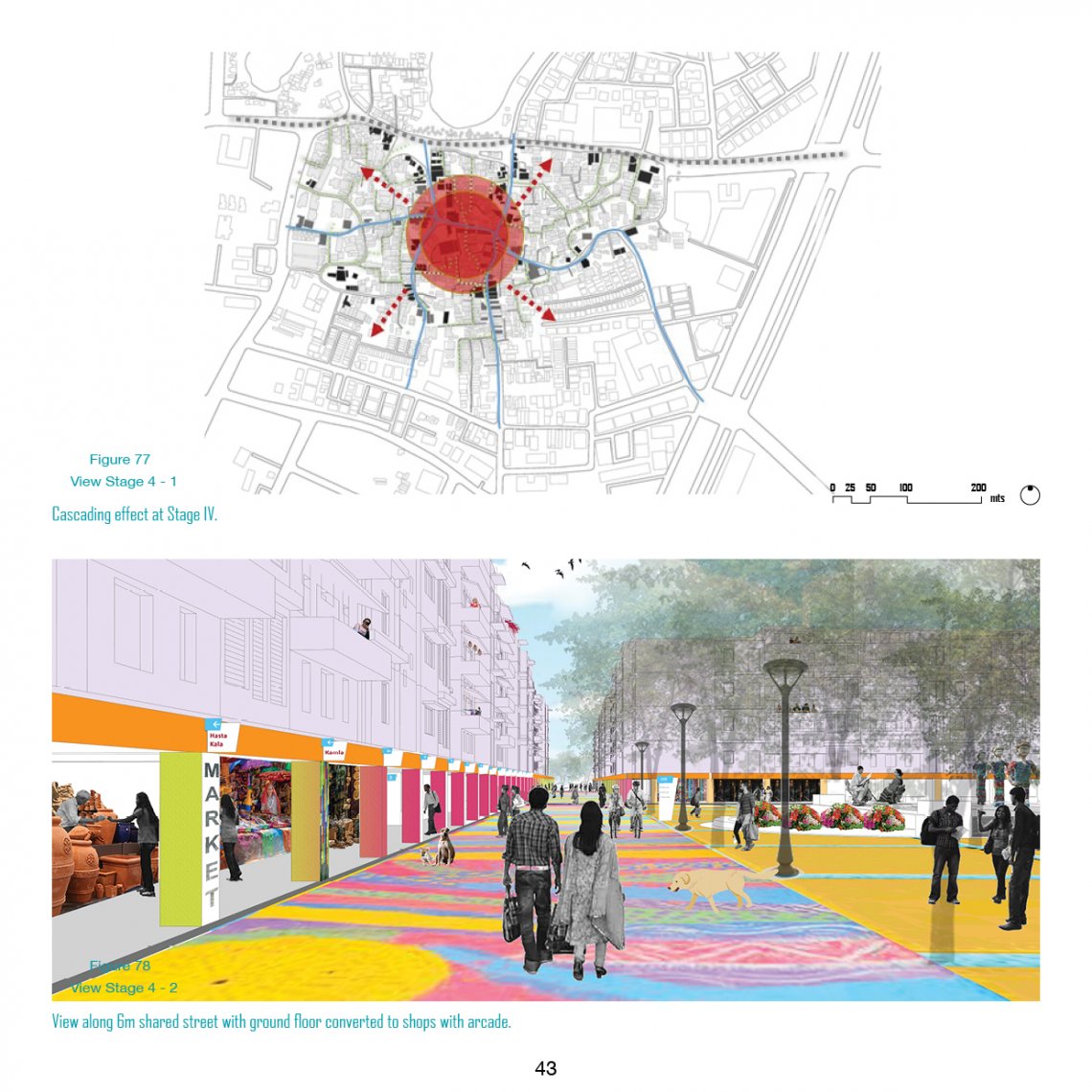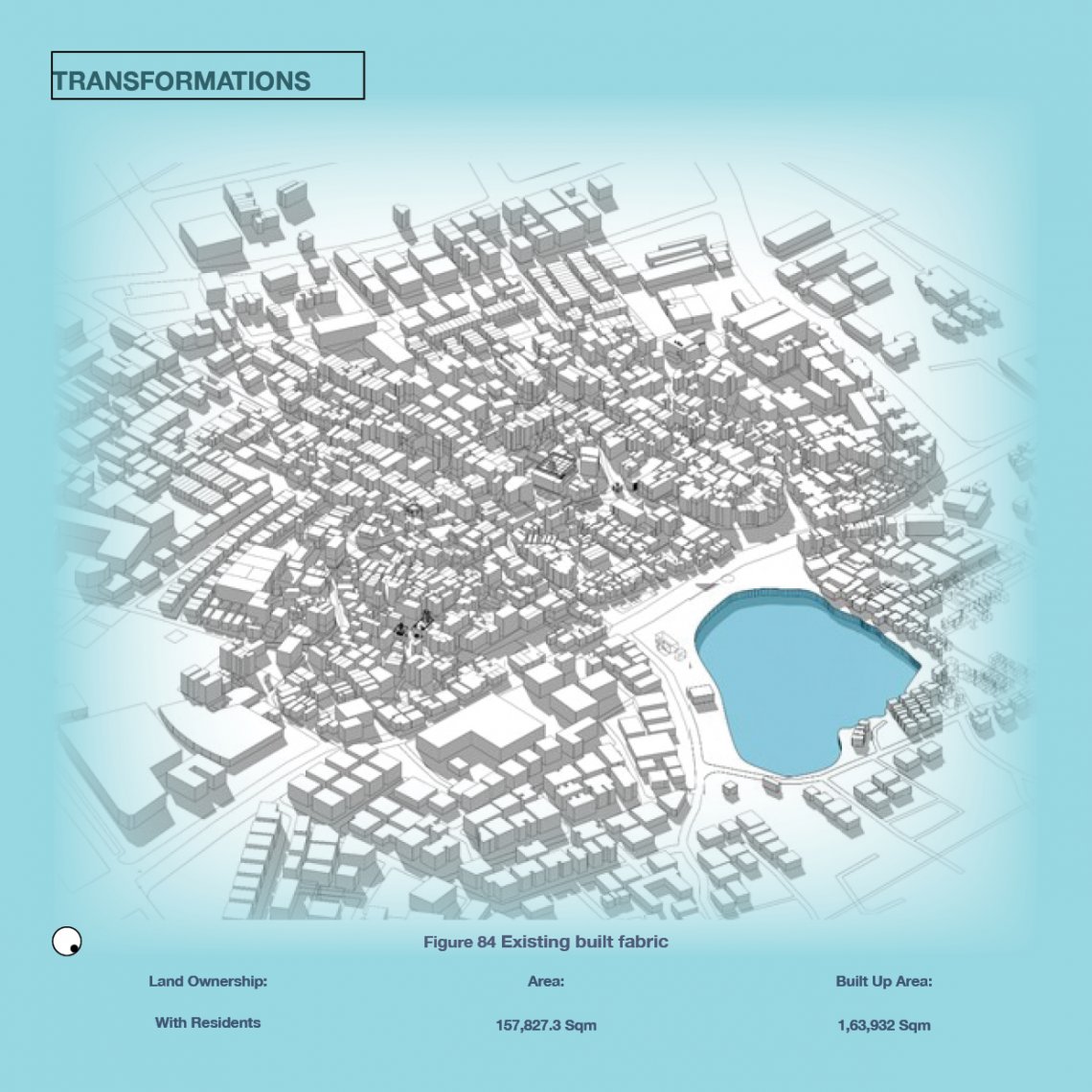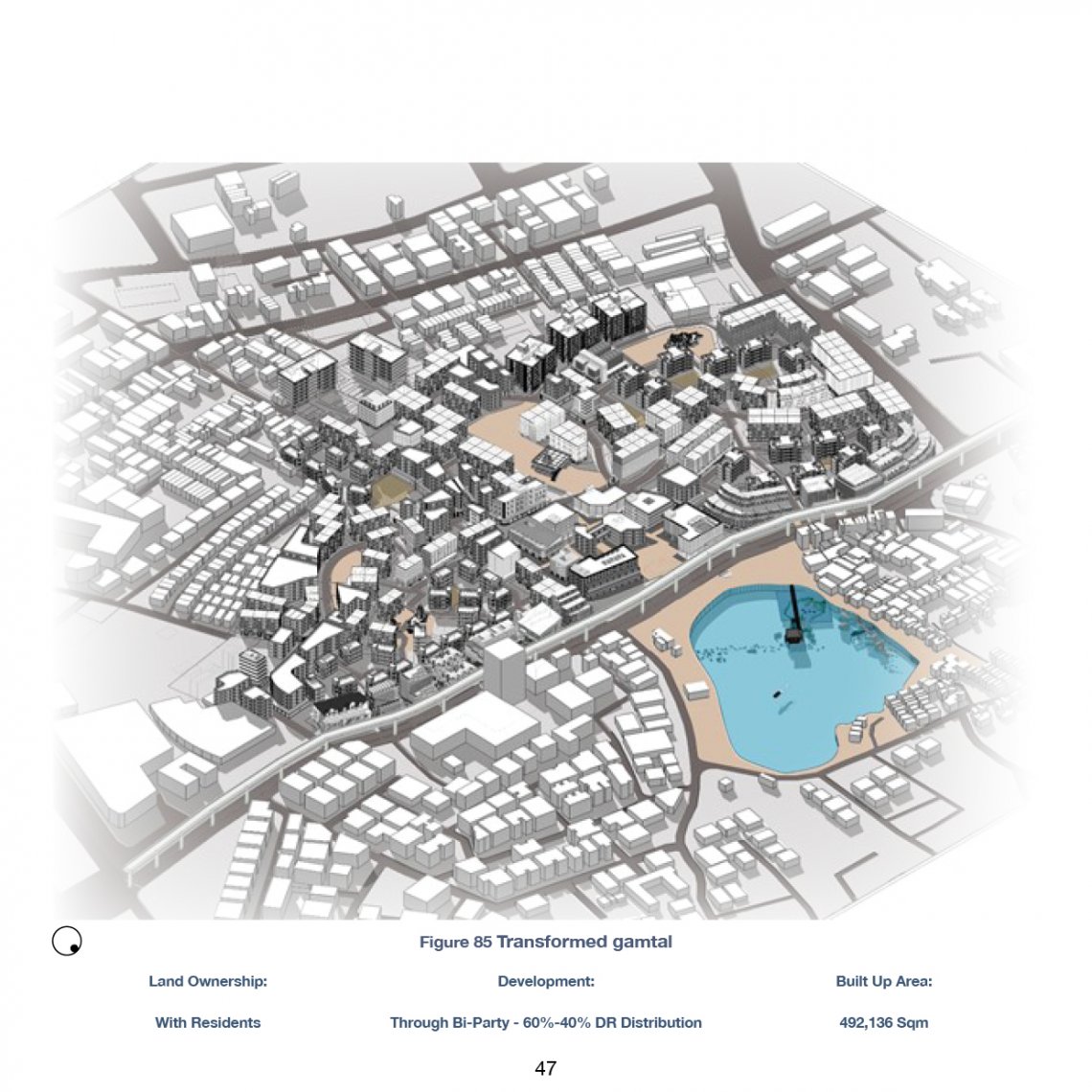Your browser is out-of-date!
For a richer surfing experience on our website, please update your browser. Update my browser now!
For a richer surfing experience on our website, please update your browser. Update my browser now!
Urban villages are often encompassed by the city due to its spatial growth, thereby providing a centrality. For an urban village, the city is read as an element of opportunity but a probable threat at any point of time under the title of development. While, for the city, these urban villages are encumbrance because of the location and land value. Lack of top-down approach and commensurate development may be considered as relevant reasons for this paradox. This is tested through one of the villages of Ahmedabad City. Thaltej Gam is one such urban village abutting the proposed metro route to the north and existing commercial edge of Sarkhej Gandhinagar Highway to the East, having Town Planning Schemes - Thaltej 37, Thaltej 38, Bodakdev 1B and Bodakdev 50 around. Thaltej Gam acts as a serving community. It is an economic centre with residents, migrants, skilled laborers and entrepreneurs. They have a different regional retail market to offer than the commercial activities offered within the city. “CTPVD” Providing a platform, channelizing the growth and escalating their businesses may strengthen the sense of symbiosis. Vision is to exploit centrality to transform the village into a shopping and retail destination by enhancing the legibility, imageability and connectivity. Following stages and strategies are envisioned to realize this vision. Stage one aims to develop the lake, lake-front and block facing the lake. Block is envisioned as a retail edge with cafes, active street fronts and other structures as institutions for skill development. Dedicated spaces within the block shall have exhibitions, creative competitions etc. This will create a dynamic, vibrant character. To achieve this, restructuring shall be used as a tool. Existing land parcels will be acquired by AMC through compensation based on the detailed survey. Plots shall be leased out to the private developers. To have a controlled grain size, maximum amalgamated plot area shall be 500 sqm. Stage two aims to strengthen thorough connectivity. As the width of the road with proposed metro ranges from 8m to 30m., Aim is to provide 15m wide street prioritizing pedestrianization. It may be developed by a private player against the advertisement rights. Thorough routes shall be 6m wide paved, shared streets. This stage will induce mixed-use structures through tri-party development. The land shall be with the residents and the developer will undertake the construction work against 60% of the development rights. Residents will have 40% of the development rights. AMC will be the facilitator here. This network and commerce shall be strengthened by a metro east-west corridor. Stage three is envisioned as placemaking exercise against the revenue from stage one and two. This includes the development of chowks, parklets etc. and a dynamic central marketplace to strengthen the imageability and business. This will further have a cascading effect on the interiors of the village, envisioned as calm neighbourhoods with the existing character and cultural vibrancy. Using guidelines and strategies to use renewable materials, to have controlled grain size etc., Thaltej is envisioned to have a controlled and sensitive transformation to a retail destination by using Local Area Plan (LAP) as a tool. The project ultimately focuses on providing a radical approach to the larger issue of Urban Villages and Urbanization and exploring symbiosis through the revitalization of Urban Villages.
